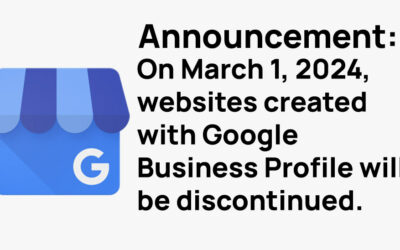Table of Contents
Understanding Web Accessibility
Web accessibility is the practice of ensuring that websites are usable and accessible to everyone, regardless of any disabilities they may have. In essence, it means breaking down barriers, whether they’re visual, auditory, cognitive, or motor-related, ensuring that everyone can navigate, understand, and interact with the web seamlessly.
Imagine, for a moment, trying to navigate a website without seeing the visuals or struggling to click on a button due to a motor disability. It’s easy to take our capacities for granted, but the truth is, a significant portion of the population experiences challenges when accessing the web. Web accessibility ensures that the digital universe is inclusive, considering everyone’s unique needs and capabilities.
The Multifaceted Nature of Accessibility: Levels and Implications
The Web Content Accessibility Guidelines (WCAG) is an internationally recognized set of recommendations for improving web accessibility. Developed by the World Wide Web Consortium (W3C), these guidelines provide a roadmap for creating more accessible web content. They classify accessibility into three levels: Level A (basic), Level AA (mid-range), and Level AAA (advanced). While it’s beneficial to aim for Level AAA, it’s also crucial to recognize that achieving this level might not be feasible for every business. However, striving for at least Level AA can make a significant difference in ensuring a more inclusive user experience.
Intertwining Accessibility with UX and UI
Web accessibility isn’t a standalone concept. Instead, it intertwines deeply with User Experience (UX) and User Interface (UI) design. In many ways, accessibility can be considered the backbone of good UX. After all, what good is a user experience if it isn’t inclusive?
When designing the user interface, it’s essential to ensure that colors, fonts, and design elements don’t unintentionally exclude a segment of the population. For instance, considering color contrasts can be vital for those with visual impairments. Similarly, ensuring that interactive elements are spaced out can enhance the experience for someone with a motor disability.
Furthermore, navigation plays a pivotal role. A well-structured, intuitive navigation system that’s keyboard-friendly not only elevates the user experience for those with disabilities but enhances usability for everyone.
Thus, incorporating accessibility into the DNA of your website’s UX and UI design isn’t just about compliance or inclusivity; it’s about delivering an optimal experience for all users.
Web Accessibility: A Boon for Small Businesses
While the ethical rationale for web accessibility is undeniable, small business owners might wonder about its tangible benefits. In a competitive business landscape, especially in a vast and diverse market like the US, web accessibility offers a distinct advantage.
Firstly, an accessible website inherently caters to a broader audience. By ensuring your website is accessible, you’re tapping into a market segment that’s often overlooked, opening doors to increased traffic and potential conversions.
Moreover, an accessible website often translates to a better overall user experience. The principles that make a website accessible, such as clear navigation, readable fonts, and intuitive design, inherently make the site more user-friendly.
Another vital consideration is the legal landscape. The Americans with Disabilities Act (ADA) and subsequent lawsuits have brought web accessibility into the spotlight. Ensuring accessibility can protect businesses from potential legal complications.
Lastly, in an era where brand values significantly influence consumer choices, championing inclusivity can set your brand apart, fostering trust, and building stronger customer relationships.
Final Thoughts
In our interconnected digital world, ensuring everyone can connect, engage, and be heard is paramount. Web accessibility is not just a technical or legal requirement; it’s a reflection of our commitment to inclusivity in the digital age. For small business owners, embracing web accessibility is both a smart business move and a step towards a more inclusive digital future. By intertwining accessibility with UX and UI, businesses can offer an enhanced, inclusive user experience, fostering loyalty, trust, and growth.




